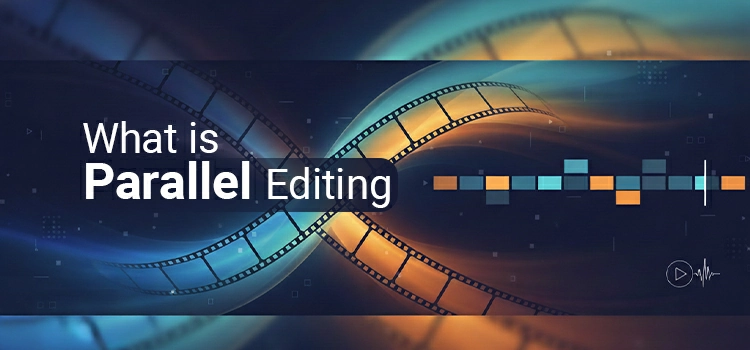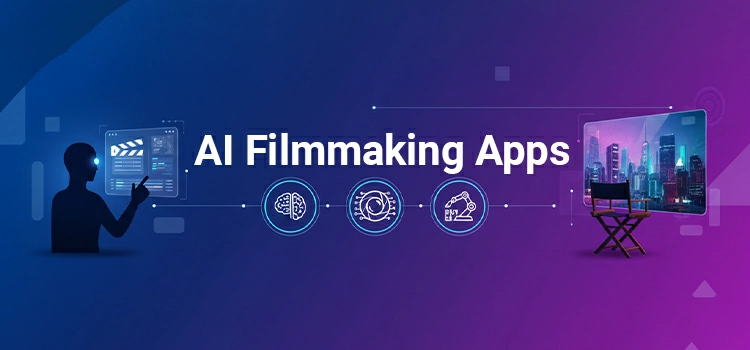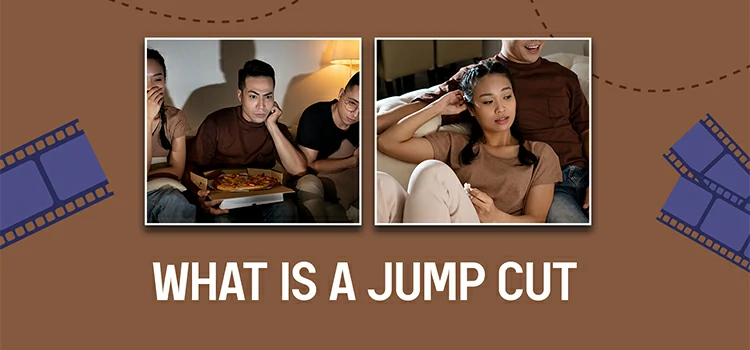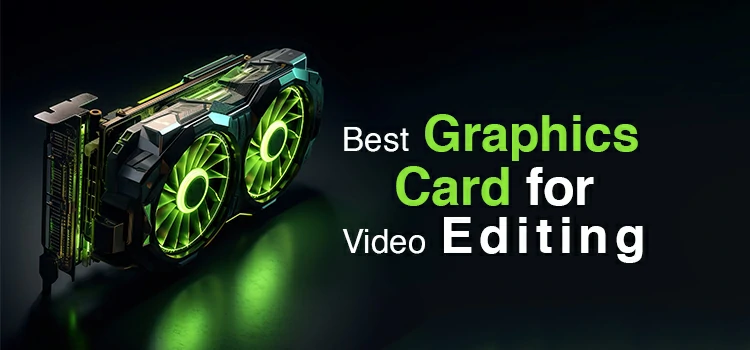Master These Types of Video Editing for Better Content
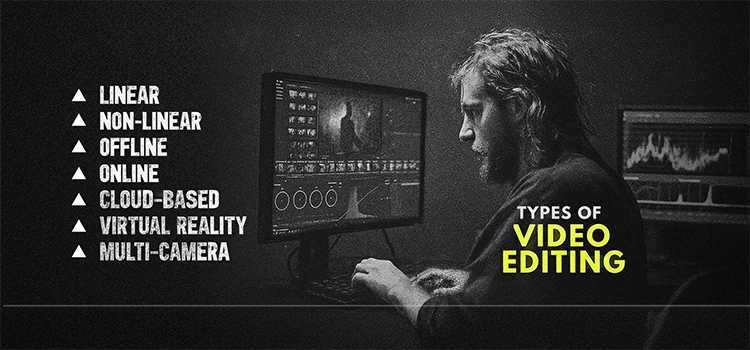
You’ve watched thousands of videos. But have you ever thought about what makes them work? It’s not just the camera, the lighting, or the script. The real magic happens in the edit.
Video editing adds emotion to thrillers and ads. It keeps you scrolling through TikTok. Furthermore, editing shapes how we feel, think, and react.
And here’s the thing: not all editing is the same. A YouTube vlog cuts differently from a Hollywood movie. A brand promo uses a totally different rhythm than a documentary. Each style has its own purpose, pace, and personality.
In this post, we’re breaking down the real types of video editing—not by software or tools, but by vibe, intent, and impact. Just clear, actionable insight into the editing styles that actually move people.
Let’s dive in.
1. Narrative Editing: The Storyteller’s Compass

You’re watching a video. Maybe it’s a film, a vlog, or even a 60-second Instagram story. Something about the way it flows just… works. The moments connect. The emotion builds. You’re pulled in without even realizing it.
That’s not luck. That’s narrative editing, the quiet powerhouse behind every story that sticks. It’s about why you make video cuts, not how many.
Well! It’s the reason you care when a character walks out of a room. It’s why a simple glance can feel loaded. Furthermore. It’s what makes you lean in instead of scrolling away.
This style makes movements smooth, aligns eyelines, and keeps time and space logical. Edits disappear, keeping the story in focus.
Where You’ll Actually See It (And Why It Matters)
– Movies and series? Absolutely. Think about Succession—all those tense boardroom scenes. The cuts aren’t random. They’re timed to the dialogue, the silence, the power shifts.
– Documentaries? Watch The Last Dance. It’s a thriller-like documentary, thanks to the editors who crafted a rising story arc from raw clips.
– YouTube creators who keep you watching for 15 minutes? They structure videos like stories: intro, middle, end.
– Brand videos that actually make you feel something? Remember that Airbnb ad where a family reunites in a cabin? It’s not just good camera work; it’s an editing technique that makes you care about strangers.
2. Montage Editing: When Emotion Takes the Wheel
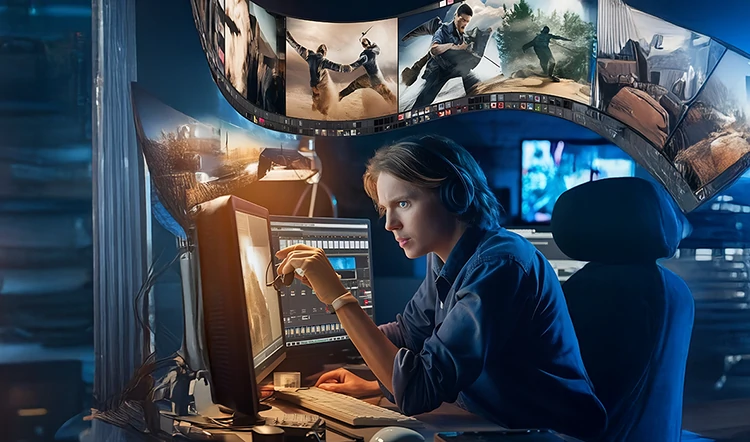
You know that scene in a movie where the underdog starts training? Rusty weights. Early mornings. Sweat on the lens. Set to a killer song.
Suddenly, you’re rooting for them as if it’s the final round. That’s a montage – and it’s one of the most powerful tools in editing.
But here’s the thing: a montage isn’t just clips thrown together. It’s emotional storytelling fast-forward. It takes time, progress, or change, and packs it into a sequence that hits you hard.
Montage editing thrives on pacing, music, and symbolism. It doesn’t tell you “he got stronger.” It shows you—through quick cuts of running, lifting, falling, getting back up—until you believe it.
And it doesn’t need to be dramatic. It could be a couple’s vacation highlights. A startup’s journey from garage to launch. Same idea. Same magic. It works because your brain fills in the gaps. You don’t need every detail; you just need the essence of change.
Where You’ll Actually See It (And Why It Works)
– Movies & TV: Rocky is the classic example, but think about The Social Network too. That breakup-to-billionaire montage set to “In Motion” tells a whole emotional arc in under two minutes, no dialogue needed.
– YouTube & Vlogs: Think of “30 Days of Fitness” videos or travel recaps from Japan. The editor shows only the key moments to make you feel the adventure.
– Brand Ads: Apple’s holiday ad and Nike’s dawn athletes spot evoke feelings rather than just selling products, all in a quick, engaging montage.
– Social Media Highlights: Modern montages are quick, emotional, and easy to share. They include Instagram story reels, TikTok “glow-ups,” and LinkedIn career journeys.
3. Jump Cut Editing: The Disruptive Pulse

Watch a YouTube video: the creator’s energy grabs you, speaking fast and direct to the camera. Suddenly, the scene changes: they’re closer, hands in a new spot, or holding something different.
No fade. No transition. Just… a jump. That’s a jump cut—and it breaks every “rule” of smooth editing on purpose.
Instead of hiding the cuts, jump cuts embrace them. They’re abrupt. Noticeable. Sometimes jarring. But when used right? They feel alive. Real. Like you’re in the room with someone who’s thinking out loud.
Back in the day, jump cuts were “mistakes.” Editors would patch them out. But then people like Jean-Luc Godard in Breathless flipped the script and used them on purpose—disrupting the flow to make you feel the tension.
Fast forward to today? They’re everywhere. Vlogs. TikToks. Explainer videos. Even big brand ads now use jump cuts to feel more human, more urgent, more now. It’s no longer about hiding the seams. It’s about letting the seams breathe.
Where You’ll Actually See It (And Why It Works)
– YouTube Vlogs: Casey Neistat made jump cuts his signature style, creating videos that felt like a friend talking fast, no pauses, just action.
– TikTok & Reels: Hot takes need quick jumps. Hesitation loses attention, so creators cut fast to keep the energy high.
– Explainer Content: Imagine “5 Marketing Tips in 60 Seconds” videos. Each jump cut zips by, keeping the tempo lively and viewers glued. It’s a whirlwind of wisdom that captivates in mere moments.
– Behind-the-Scenes or “Unfiltered” Brand Content: Companies prefer authenticity over perfection. A jump cut in a team video adds spontaneity.
4. Parallel Editing (Cross-Cutting): The Tension Builder
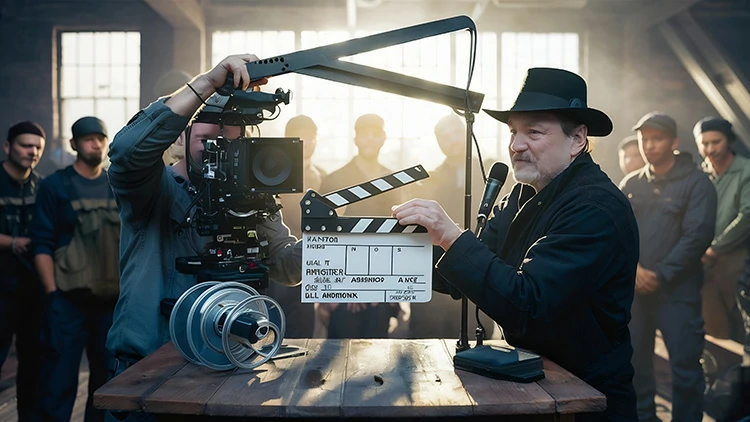
Ever watched a scene where two things are happening at once? Like—someone’s racing to stop a bomb from exploding, while across town, the villain calmly walks away, unaware? Or a couple texting late at night, both typing “I love you,” but neither hitting send?
Parallel editing, also known as cross-cutting, involves shifting between two or more scenes that occur simultaneously. It builds excitement and keeps the audience engaged.
It’s like juggling timelines as they unfold. You’re not just watching, you’re thinking ahead to what’s next. Your brain pieces everything together. You sense time ticking away and wonder who will make the first move.
You can use it to create emotional contrast, such as a party versus someone sitting alone. It can also build irony, such as a job interview going well while the boss texts, “don’t hire them.” Lastly, it can highlight a transformation, like old habits versus new routines.
Where You’ll Actually See It (And Why It Works)
– Action Movies & Thrillers: Christopher Nolan would love this. It’s like The Dark Knight: three stories, one ticking clock, and pure chaos.
– TV Dramas: Breaking Bad expertly used cross-cutting. Hank investigated Walt while Walt hid a meth lab in his garage, creating tension through clever cut timing.
– Commercials: Car ads often show a parent driving safely, then cut to a kid walking home. This builds emotional stakes without using any words.
– YouTube Storytellers: Creators such as Kurtis Conner and Nerdwriter use parallel editing to show different viewpoints. They might display political speeches side by side or compare old and new versions of a trend.
– Social Media Videos: That TikTok where someone shows “what I say vs. what I mean”? Classic parallel editing. Same technique, just smaller scale.
5. Found Footage / Mockumentary Editing: The Illusion of Reality
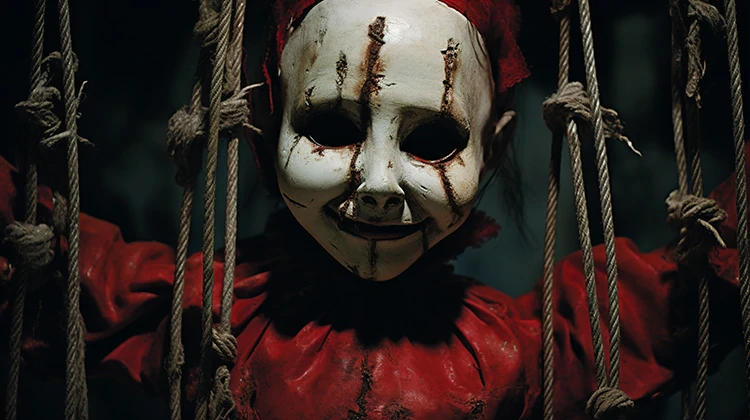
You’re watching a video that looks… off. The camera’s shaky. Someone’s yelling, “What was that noise?” There’s a timestamp in the corner—3:17 AM. And suddenly, the screen glitches.
No sweeping music. No clean cuts or studio lighting. Just raw, unfiltered panic. That’s found footage editing, a style built to make you believe what you’re seeing actually happened.
It’s meant to feel raw, as if a camera caught chaos by chance. It’s fake, created in post, but it feels real. That’s the magic. This type of video editing welcomes flaws like shaky hands, muffled audio, random zooms, awkward silences, and lens flares or battery warnings.
The editing mimics how real people film; erratic, reactive, and unscripted. Mockumentary editing has a “real” feel, but with humor. It’s like The Office or Parks and Rec: talking heads, cutaway interviews, and cameras that seem too close. It’s awkward, human, and funny.
Where You’ll Actually See It (And Why It Works)
– Horror Films: The Blair Witch Project created modern found footage. No CGI monsters, just scared kids filming in the woods. The messy edits and night-vision chaos made it feel real and terrifying.
– TV Comedy: The Office shines with its clever mockumentary style. The camera glances, awkward pauses, and surprise mid-sentence entrances might look accidental, but they are carefully planned.
– Influencer Content: You’ve seen those “day in my life” vlogs, right? Shaky clips and quirky cutaways are used to create an intentional found-footage energy. It’s not messy, it’s pure authenticity in every single frame.
– Brands Going “Behind the Scenes”: Companies use this editing technique to feel more human. They show their team’s launch prep, filmed casually, to sell culture.
– Viral Social Videos: TikTok clips of “accidental” proposals, fights, or crazy weather go viral. The editing makes them feel lucky, even if they’re staged.
6. Kinetic Editing: Sensory Overload
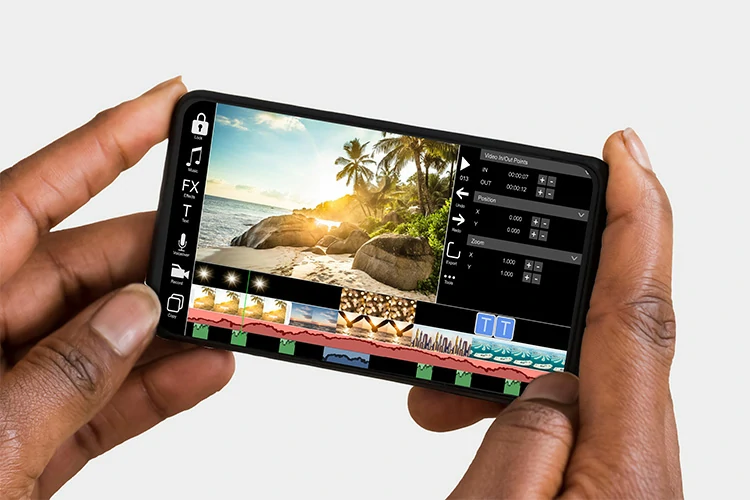
Ever watch a video and realize halfway through that you’re sitting forward—like you’re in it? No slow build. No gentle intro. Just boom—bright lights, loud cuts, text slamming onto the screen, and a beat that hits right in your chest.
That’s kinetic editing. It doesn’t ask for your attention. It takes it.
This style dances on the edge of speed and rhythm. Picture rapid cuts every second, camera zooms landing like punches. Motion graphics swoop in unannounced, adding flair. The music doesn’t just play; it drives the entire experience forward.
It’s not subtle. It’s not supposed to be. You’ll see speed ramps, glitch effects, text that pops in time with the bass, and visuals that never let you look away. It’s like visual caffeine—hyper, loud, and impossible to ignore.
And the best part? None of it’s random. Every cut, every flash, every shake is timed to the beat or a story beat. Even when it feels wild, it’s tightly controlled. Because if you lose the rhythm, you lose the viewer. It’s the go-to when you’ve got two seconds to hook someone scrolling at 2 a.m.
Where You’ll Actually See It (And Why It Works)
– Music Videos: Dua Lipa’s “Levitating” and The Weeknd’s “Blinding Lights” radiate energy. They show quick scene shifts, bright colours, and dynamic moves that really groove.
– Movie Trailers: That two-minute teaser that made you need to see the film? Explosions, quick flashes, dramatic voiceover saying “One last mission…”—that’s kinetic editing selling feeling, not plot.
– Esports & Sports Highlights: Watch a League of Legends final or an NBA dunk montage. Fast cuts, crowd roars, slow-mo into speed ramp—it’s all designed to make you feel the hype.
– Youth-Focused Brand Ads: Red Bull, Nike, OnePlus—they don’t just show products. They use kinetic editing to sell energy, speed, and rebellion. It’s not about specs. It’s about vibe.
– TikTok & Instagram Reels: That “get ready with me in 60 seconds” video with outfit changes, trending audio, and flashy text? Same energy. Same goal: don’t scroll past.
7. Minimalist Editing: The Power of Stillness
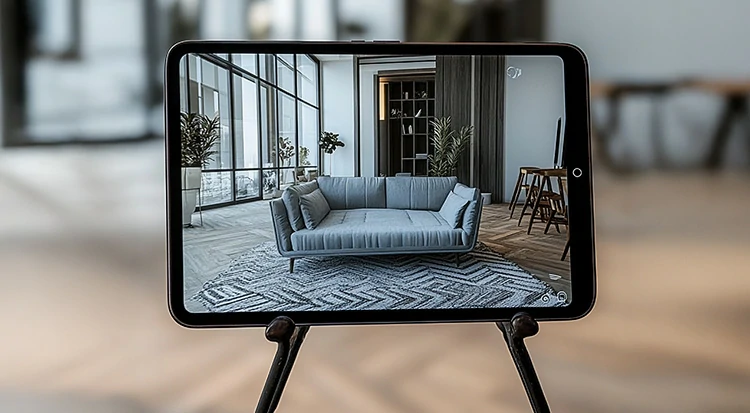
Now, picture the opposite of what we just discussed. No flashing text, quick cuts, or music rising in the background. Just one shot of a window with rain trickling down the glass.
A person sits in silence. The camera pans slowly across an empty room. This is minimalist editing – saying more by doing less. It slows the pace, clears the noise, and lets moments breathe.
Minimalist editing lets the audience feel emotions like loneliness, peace, tension, or grief. It doesn’t highlight the emotion but allows you to discover it. Imagine a long take where nothing seems to happen. Yet, you can’t look away because something is happening beneath the surface.
That’s the power of stillness. This style often uses long shots, natural sound, and spare music; sometimes none at all. In a world where everything fights for your attention, choosing not to shout is bold.
Where You’ll Actually See It (And Why It Works)
– Art Films & Indie Cinema: Wong Kar-wai’s In the Mood for Love is a masterclass. Long stares and slow movements create a sense of emotional depth.
– Luxury Brand Ads: Rolex and Aesop ads showcase hands, textures, and skin in close-up, conveying timelessness and quality.
– ASMR & Slow Content: Channels like Em Chris and Feeling Accomplished create calm with minimalist editing. The steady pace and held camera shots help people relax or fall asleep.
– Documentaries with Emotional Depth: Aftersun and Ramble Hall use long takes and quiet moments to convey real emotions.
– Social Media That Stands Out: On a platform built for speed, a 10-second clip of a candle flickering with no text or music? That stops the scroll. Because in a feed of chaos, stillness feels like a pause button.
8. Non-Linear Editing: Time as Play-Dough
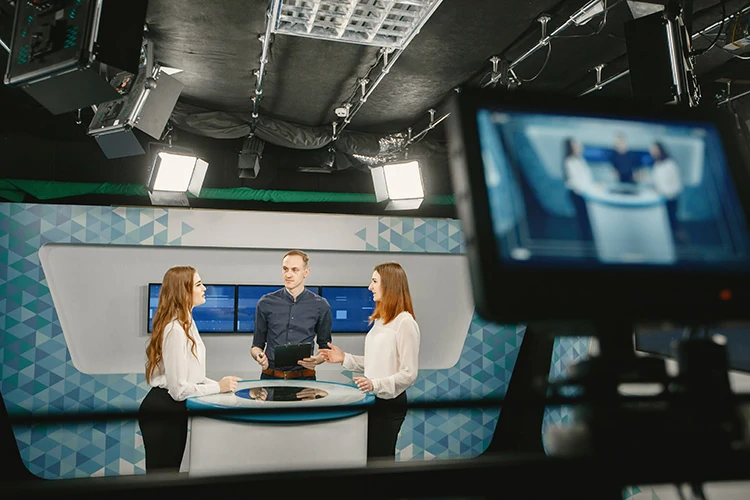
What if a story didn’t have to start at the beginning? What if you opened with the ending? Or jumped between past, present, and future like flipping through someone’s scattered memories?
That’s non-linear editing—where time isn’t a straight line. It’s clay. And the editor? A sculptor.
Instead of telling a story from point A to B to C, non-linear editing reshuffles the deck. It shows you the breakup before the first date. The crime occurs before the suspect is even introduced. The funeral before you know the person is sick.
And yet—somehow—it makes sense. Because this video editing technique isn’t about confusing you. It’s about making you curious. It pulls you in with mystery, then rewards you as the pieces fall into place. You’re not just watching—you’re solving. Connecting dots. Rebuilding the timeline in your head.
It’s editing that trusts the audience to keep up. And when done right, it doesn’t just tell a story. It makes you experience it the way memory, trauma, or obsession works—fragmented, emotional, out of order.
Where You’ll Actually See It (And Why It Works)
– Mind-Bending Films: Pulp Fiction throws the timeline out the window; yet it all sticks because the characters feel real and the vibe never wavers. Tarantino doesn’t follow time; he plays with it like a deck of cards.
– TV Shows That Keep You Guessing: Lost jumps between past, present, and future like your brain flipping through memories. It didn’t just tell a story; it made you solve it.
– YouTube Essays & Deep Dives: Lindsay Ellis or Every Frame a Painting will cut from a ’90s cartoon to a modern blockbuster like it’s no big deal. They bend time to make a point, not to confuse you, but to make you see differently.
– True Crime Docs: Making a Murderer and The Jinx start in the middle, then go back to the beginning. You know something bad happens, but not why or how, creating suspense.
9. Social-First Editing: The Algorithm Whisperer
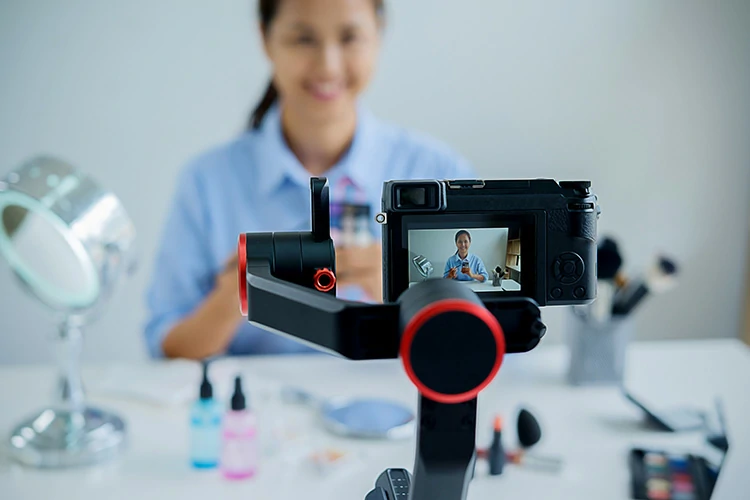
Let’s be real; when you’re watching something on your phone, you’re not sitting back like you’re in a movie theater.
You’re scrolling. One thumb. Half-awake. And in 0.8 seconds, you’ve already decided: keep watching or move on. That’s the world social-first editing was born for. This isn’t about cinematic beauty or perfect continuity.
In social media, survival depends on grabbing attention quickly.
– The first shot explodes with energy—bright colors, bold text, someone mid-sentence saying, “Wait, you’re doing this wrong.”
– Text overlays carry the message (because 80% of people watch without sound).
– Cuts come quickly, every 1 to 3 seconds, keeping your eyes fixed.
– Transitions are swift: there are zooms, whip pans, jump cuts, and object replacements.
– The rhythm is set by music or trending audio, even if you’re not aware of it.
Where You’ll Actually See It (And Why It Works)
– TikTok & Reels: Viral videos all follow a pattern: loud start, fast-paced cuts, and a call to action at the end.
– YouTube Shorts: MrBeast’s Shorts use fast zooms, bold captions, and instant drama, like “I gave someone $1M… but there’s a catch.”
– Brand Marketing: Companies are ditching polished ads for trendy, meme-filled content that feels more relatable than professional.
– Educational Content: Teachers and experts use social-first editing to teach. A 60-second “How to Spot Burnout” video does the trick.
– Personal Branding: Job seekers and freelancers use this video editing technique to stand out. It features upbeat music, quick cuts, and captions saying “This could be you”.
Bonus: Hybrid Editing – The Future is Fluid
Let’s clear one thing up: Nobody’s just using one editing style anymore. Not really. Think about the last video that made you stop scrolling. Was it fast? Sure.
But did it also have a quiet moment that hit hard? Maybe a personal story told with raw cuts, then a sudden shift into a high-energy montage? That’s hybrid editing—the messy, brilliant, totally modern reality of how videos actually get made today.
Forget strict categories. The best content right now mixes styles like a DJ blends tracks. One second, it’s social-first—fast, loud, text-on-screen, trending audio. Then, boom! It switches to narrative mode, pulling you into a real story.
Then a quick jump cut for personality. A slow, minimalist shot to make you feel something. And finally, a kinetic burst to send you into the call-to-action.
Where You’ll Actually See It (And Why It Works)
– MrBeast: Watch his videos. They blend kinetic energy, narrative, humor, and emotion, using six video editing styles to engage viewers.
– YouTube Ali Abdaal and Kara Cutrum engagingly teach serious topics. They use fast cuts, minimalist shots, and montages to keep energy high.
– Viral Brand Campaigns: That Airbnb ad blends three editing techniques: narrative, kinetic, and minimalist. It aims to evoke multiple emotions in under a minute.
To Conclude
Editing is about emotion and rhythm. Choose jump cuts for energy, montages for feeling, or silence for impact. The best editors don’t just follow trends; they find a voice.
Yours could be fast and bold, slow and thoughtful, or a wild mix. The key is to be intentional. Know why you’re making cuts. Watch, experiment, break rules, and then create your own.
In a world full of content, people remember how you made them feel, not the technique. So, stop copying. Start connecting. Your editing voice is waiting. Go find it.



